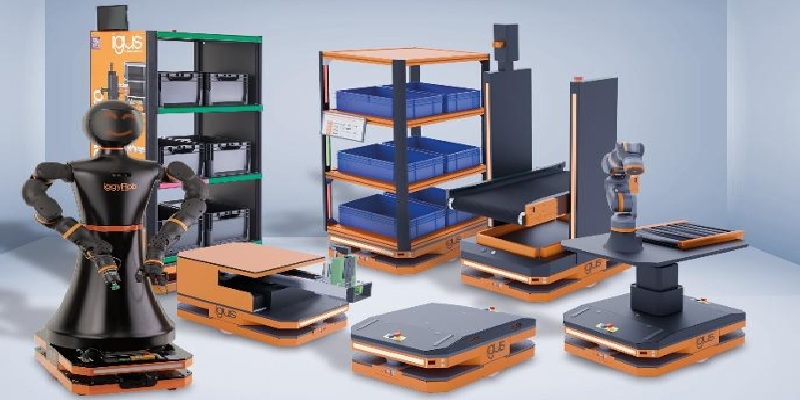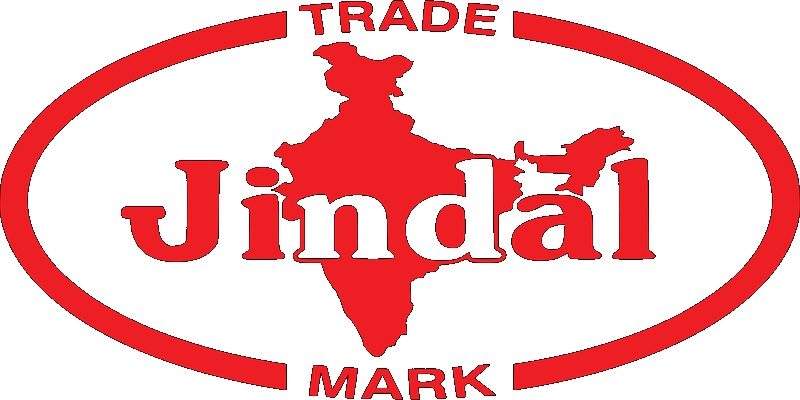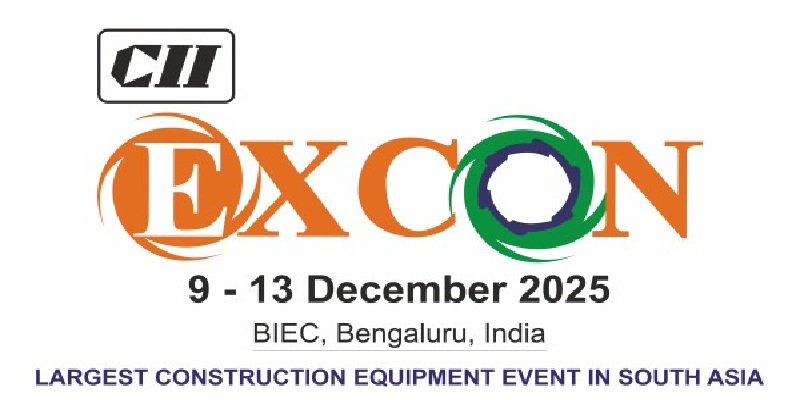Schedule a Call Back
Warehousing sector creating new growth avenues
 Technical Articles
Technical Articles- Jul 01,18

Related Stories
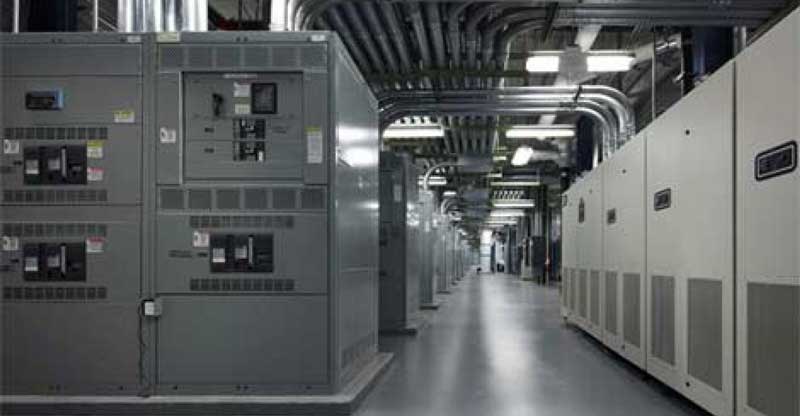
Why is UPS industry banking on green technology
Rising energy prices and environmental awareness is driving companies to develop green uninterruptible power supply (UPS) technology to reduce energy consumption
Read more
Toyota accelerates electric ambitions in Europe with six new models by 2026
Toyota aims to sell more than 250,000 battery-powered vehicles annually in Europe by 2026, striving for significant growth in a market where it has faced increasing competition.
Read more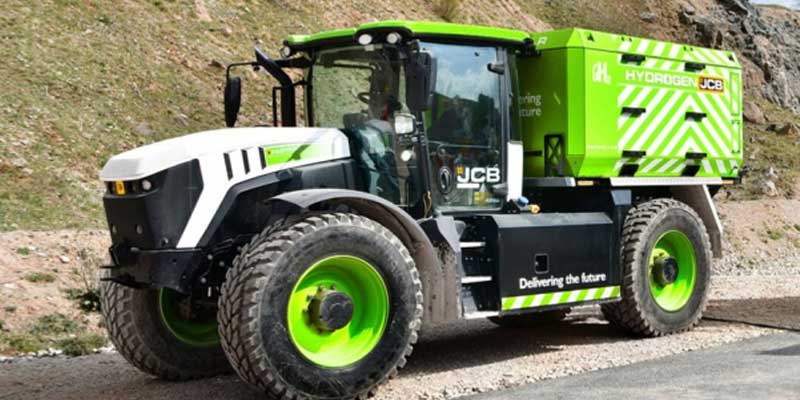
JCB explores hydrogen engines and export growth in India
JCB aims to manufacture electrolysers, devices that split water into hydrogen and oxygen using electricity, to produce hydrogen for testing their zero-emission backhoe loaders.
Read moreRelated Products
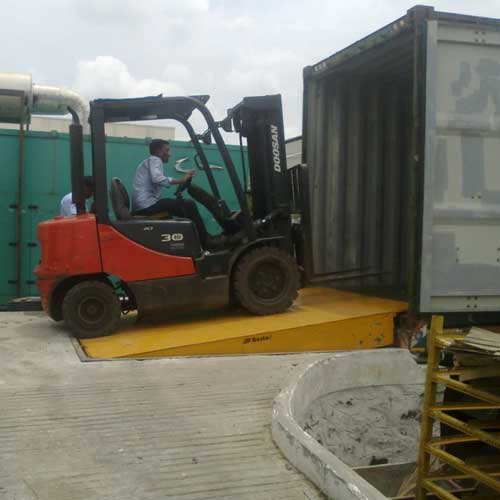
Dock Leveller
Besto Material Handling Equipments offers a wide range of dock leveller.
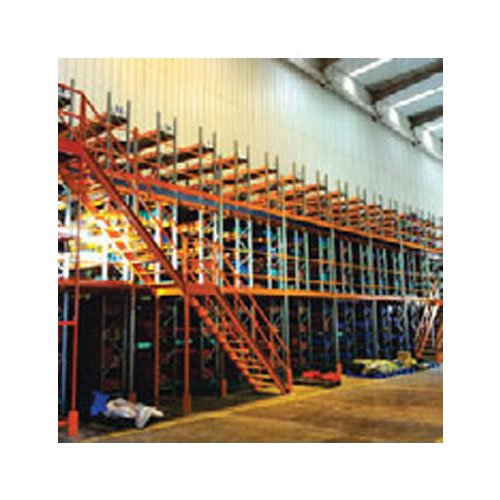
Multi Tire
SCI Storage Solution offers a wide range of multi tire.
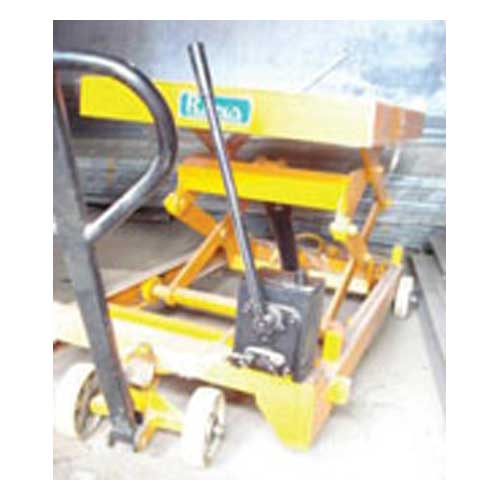
Industrial Lifting Equipment
Rana Material Handling Equipments Pvt Ltd offers a wide
range of industrial lifting equipment.





